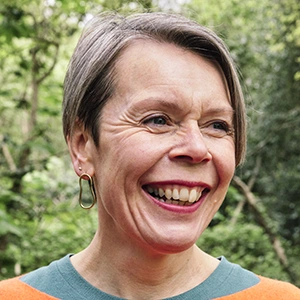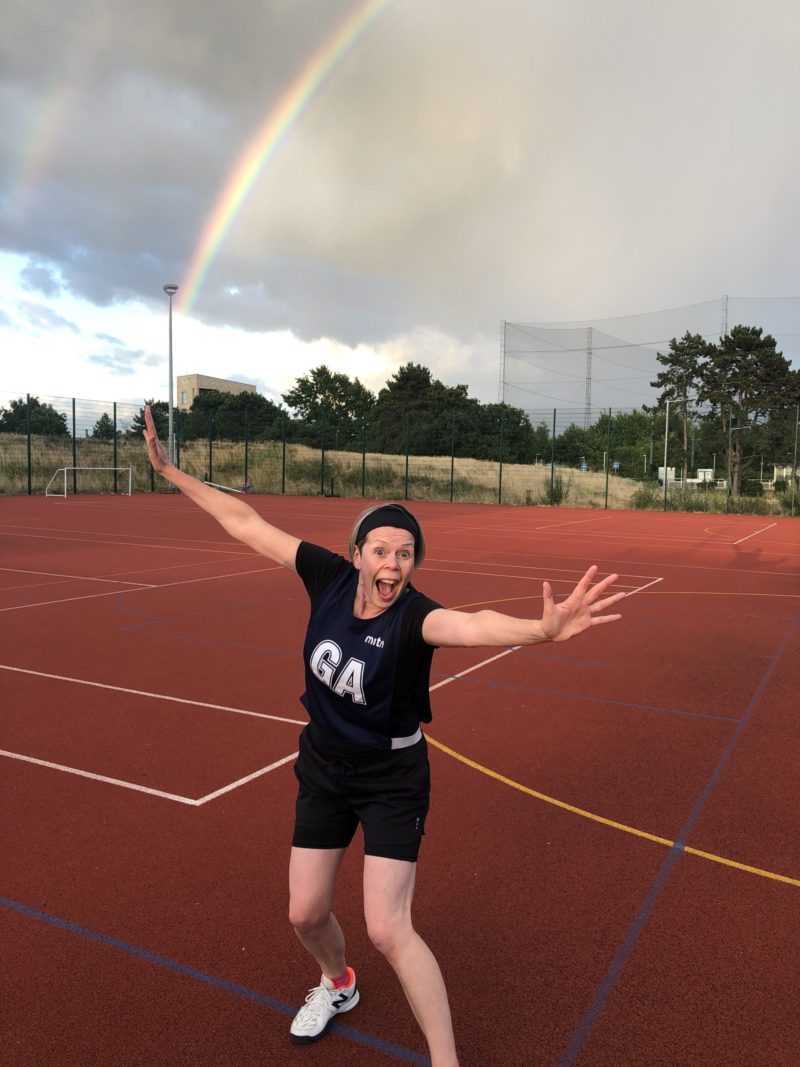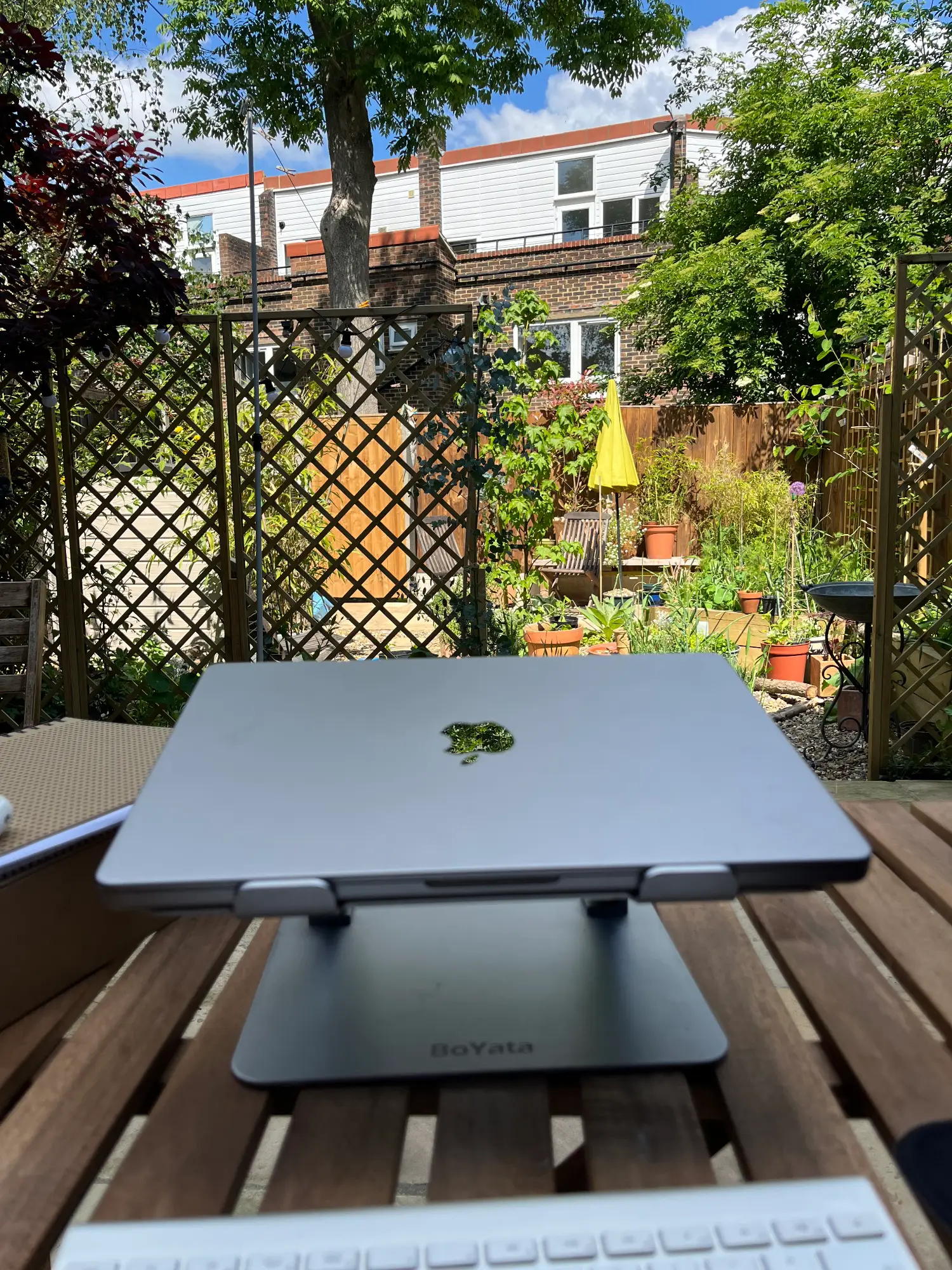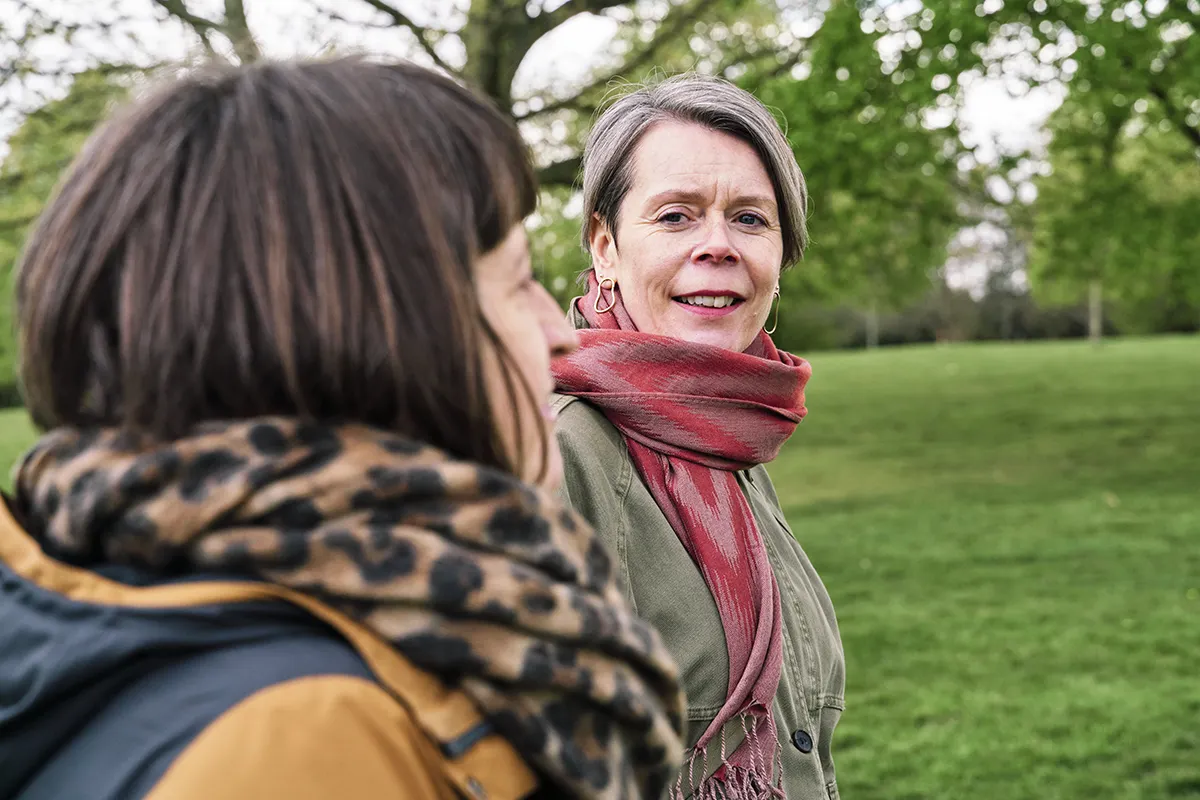5 min read
What do you notice about these comments from recent life coaching conversations?
- ‘If I can’t even get that right, how can I ask for a pay rise now?’
- ‘I’m a generalist in my company – I do a bit of everything, so I’m not ‘expert’ in any one thing,’
There might be some truth in these sentences (the first part), but they also have negative connotations. Like news headlines, they are black and white in their approach. All-or-nothing thinking or thoughts from a place of lack can leave you feeling miserable or flat
Many of us think like this DAILY without even realising it.
I want to tell you about Positive Thinking and how to turn the negatives into something more useful.
What is Positive Thinking?
Positive thinking is the ability to encourage and maintain hope and optimism in a negative or challenging situation. Some people are naturally/genetically gifted like this, yet we all have the ability to change our mindset – even a little – if we want to and with the right tools.
Why is Positive Thinking important?
Researchers are finding more evidence pointing to the many benefits of positive thinking.
Positive thinkers are less stressed, healthier and generally have better wellbeing. They cope better in challenging situations.
Thinking positively often links with having a growth mindset, reduces stress symptoms and contributes to resilience. See my resource on managing stress Stress Bucket exercise
So if you recognise negative self-talk in yourself and it’s making you feel bad, you can develop positive thinking skills to help – even if you think you’re not ‘naturally’ optimistic. You can develop a positive mindset.
Characteristics of Positive Thinkers
Positive thinkers tend to have these characteristics;
- They look for the good in others
- They make the best out of a situation
- They have the ability to bounce back from challenges
- They self-instruct or self-affirm positively
- They have a confident sense of self
- They have optimism = hope
How to think more Positively? Be more Bob The Builder (stay with me!)
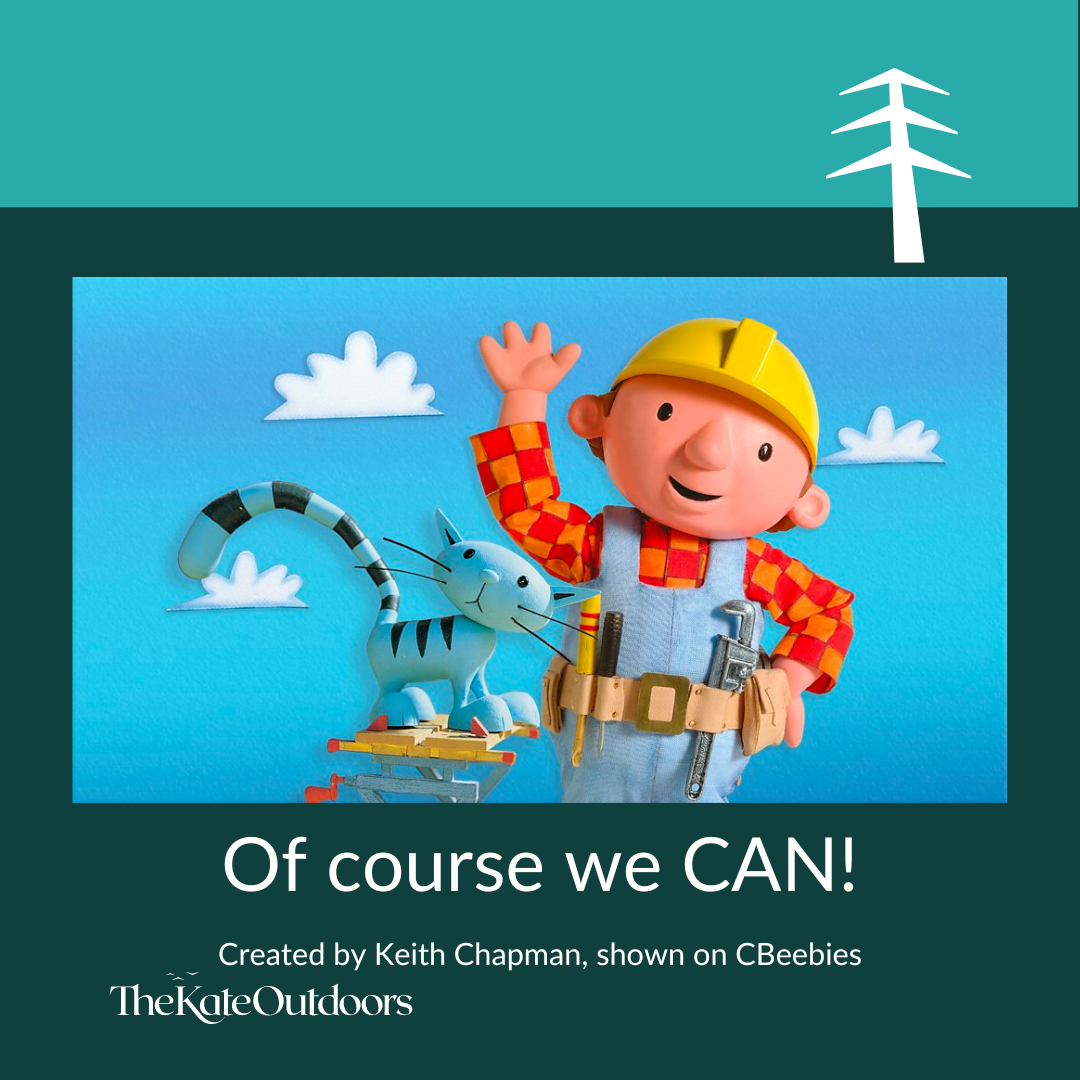
Bob the Builder’s phrase is brilliantly simple, positive and affirming. OK- it’s an awful song and it’s stayed with me like an ear-worm, but “Can we do this? Yes we CAN!” is a brilliant example of a self-affirming statement that oozes positive thinking. Think of the impact it’s had on our children.
When I play netball and I’m about to shoot, I will often say out loud, ‘Kate, it’s going IN…’ , because the alternative is that it doesn’t. In this sense it really is all or nothing!
Yet, the act of saying it out loud prepares me – urging me on to pull on my resources and do my best. It works for me – mostly..! Even when it doesn’t, it’s still affirming that I CAN. And I have.
Do this to think more Positively; 3 simple steps
Of course we could be more Bob The Builder.
We can also replace the negatives, with something positive or kinder instead.
Here’s what I notice as a Life Coach, that works;
1. Catch your thoughts
What are you saying to yourself that comes from a place of lack (what we don’t have), or negativity? Example;
“I’m in this new job and I haven’t a clue what’s going on”
Write them down. Note how they make you feel and how they make you behave.
Example
‘What a pile of rubbish – how can I expect others to listen to what I have to say” (this is one of mine – I have them too). It makes me feel pretty sh*tty – I then doubt myself and go into perfectionism mode or retreat.
2. Be your own best friend
If your best friend was saying any one of the comments you’ve just written about themselves to you, how might you respond?
Example
Your friend says to you; “I’m in this new job and I haven’t a clue what’s going on”.
You might respond with kindness and an alternative viewpoint; “Yes, you’re new in this new role, you’re still learning how to do it, can you recognise what you have achieved so far?”
Try with another one of your negative or place of lack comments.
3. Practice
Catching your thoughts, now consciously pause and listen to those thoughts when they arise.
Can you be your own best friend and nurture those thoughts around into something kinder?
While it might take practice and time, we can replace negative thoughts with more positive ones.
When we practice telling ourselves something positive, affirming and kind, we deliberately choose to no longer reinforce negative comments.
3 more simple strategies to nurture Positive Thinking
- Celebrate small wins; 3 different things you achieved, write them down in a lovely notebook, each night. NOTE small – it’s the little things you made a difference in
- Smile at a stranger; when someone smiles at you, we are likely to feel good and smile back as serotonin is released. Read more about why smiling is good for us here
- Go for a walk more, by yourself; when we walk, we process our thoughts whilst simultaneously exercising; a win-win. Invest time to walk through and work out that thing bothering you – with no phone/kids/dog etc. See my exercise here
A word from me
Toxic positivity
I don’t advocate pretending to be all fun and smiles. ‘Good vibz everyday’ can do one.
Mental health
If you notice you are feeling down, low, irritable or generally not yourself, consider talking to your GP. Pay your symptoms some attention and look after yourself. Especially if you’re reading this as a woman in your late 30’s 40’s and 50’s – see next point.
Or, speak to your Mental Health First Aider at your workplace.
Hormones, perimenopause and the menopause
Our hormones drop off and affect us before we even realise we are perimenopausal.
- Mood swings?
- Anxiety?
- Not sleeping properly?
- Can’t drink wine without feeling awful the next day (it’s true – we don’t process it as well in perimenopause and menopause)?
I’m reading this book – (Kate Muir worked on that C4 documentary with Davina McCall), to understand my perimenopause and what the bl**dy heck it’s doing to me. I recommend it.
If you recognise this is happening to you, find out more and speak to your GP.
NHS symptom checker here (but there are around 30+ known symptoms, i am learning…)
Resources
Professor Carol Dweck – Developing a Growth Mindset talk
Everything you need to know about the menopause but were too afraid to ask – Kate Muir
